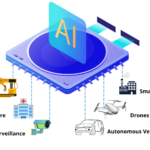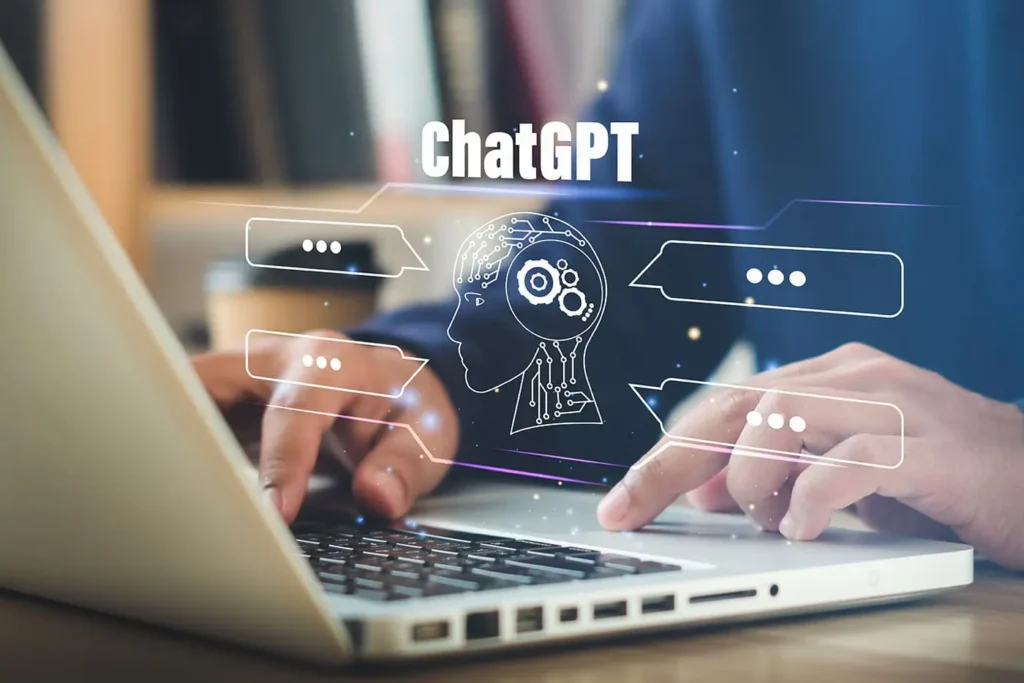The chatbot is part of a fresh wave of so-called generative AI—sophisticated systems that produce content from text to images—that is set to be one of the most disruptive forces in a decade to Big Tech, industries, and the future of work.
What is Chatgpt?
ChatGPT is an artificial-intelligence chatbot developed by San Francisco-based AI research company Open AI. Released in November 2022, it can have conversations on topics from history to philosophy, generate lyrics in the style of Taylor Swift or Billy Joel, and suggest edits to computer programming code.
ChatGPT is trained on a vast compilation of articles, websites and social-media posts scraped from the internet as well as real-time conversations—primarily in English—with human contractors hired by Open AI. It learns to mimic the grammar and structure of the writing and reflects frequently used phrases.
The Benefits of Chatgpt –
Chat GPT provided useful advice, and eerily like advice I would give, in a general context. In a specific context, I believe Chat GPT’s advice would get worse, and mine would get better, because Chat GPT is only as good at answering a question as the number of similar questions and answers it has in its database.
- ChatGPT is an excellent way to supercharge agents’ productivity. ChatGPT can also leverage the unique way to connect with the customer and formulate a prompt, or even summarize an entire conversation so agents receiving escalation can quickly get up to speed on context and start responding asap.
- ChatGPT can also provide general guidance and proactively warn agents to pay attention to certain elements of the incoming customer message.
- ChatGPT has great judgment and is excellent at rating customer interactions and finding potential anomalies in agents’ responses.
Like any new iteration of AI, ChatGPT has its limitations. ChatGPT’s got a pretty big one (when it comes to customer service), so I’ll focus on that for now.
Risks involved in Chatgpt –
As we covered above, ChatGPT is very powerful at diverse, discreet, and even vague customer service-specific tasks requiring good judgment. However, it is far from replacing any human customer service agents for the following reasons.
- We cannot clearly tell what it knows and doesn’t. ChatGPT can generate incorrect responses confidently, making it more difficult to trust. For that reason, it is best used shadowed by a human.
- The CX team can’t input a comprehensive human-readable list of CX policies and knowledge base or even update them. It has no defined and interpretable rules for what is allowed by the business and what is not allowed.
- The most important risk however is that customers can mislead or even manipulate ChatGPT to get what they want (money!). Let’s keep talking about this one, as I think it’s the most important risk now.
ChatGPT is very smart, but so are scammers –
Remember, ChatGPT is trained to execute the user’s (or customer’s) commands. This leaves the tool open to outside manipulation, which can come at a potentially grave cost to the business.
Customers can trick ChatGPT into first giving it instructions given by the business, or even update them to facilitate refunds and store credit. At scale, this unchecked vulnerability will not only leave the company in financial peril, but jeopardize the trust built between the brand and its existing customer base.
Due to Chat GPT and other new AIs, I expect soon we will face a world where fact checking well-written arguments becomes more and more important, so not only is clear communication still essential, but as engineers we have a responsibility to provide the truth and fight back where we see incorrect information being perpetuated.







